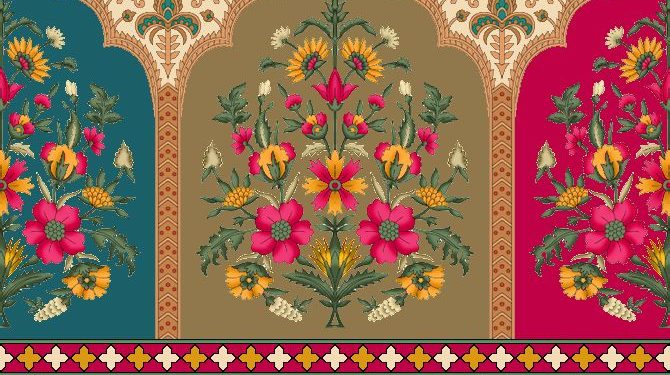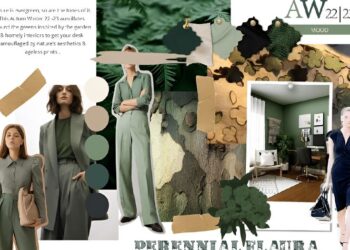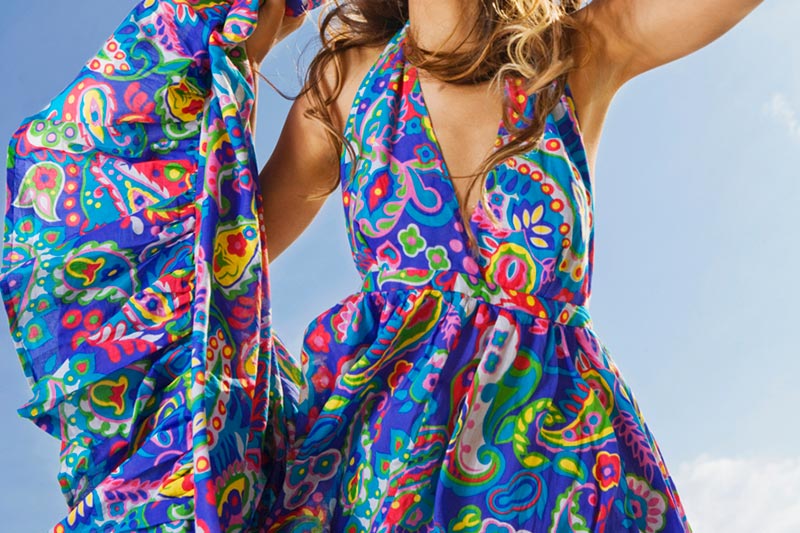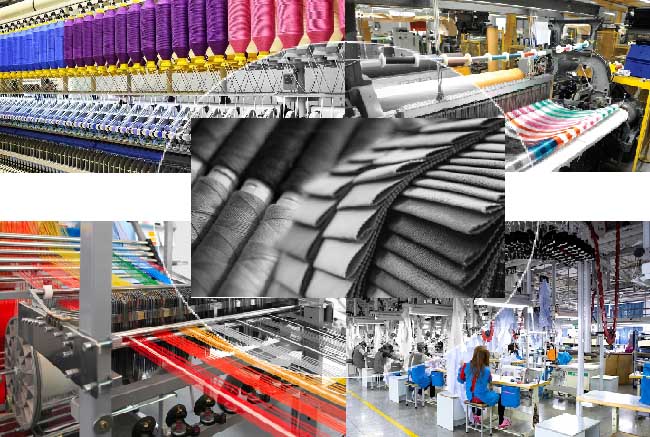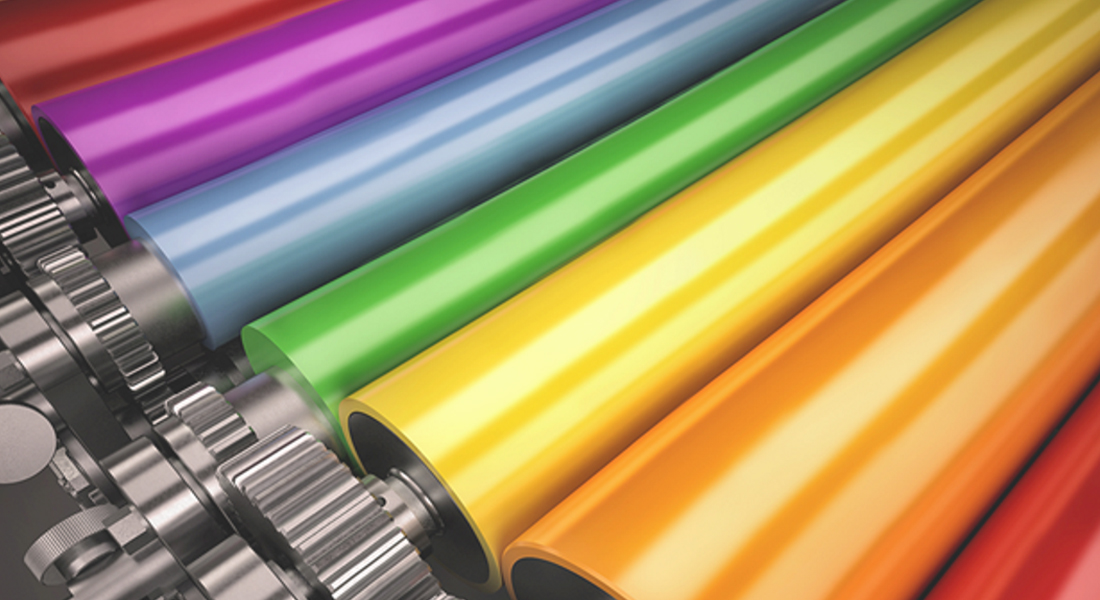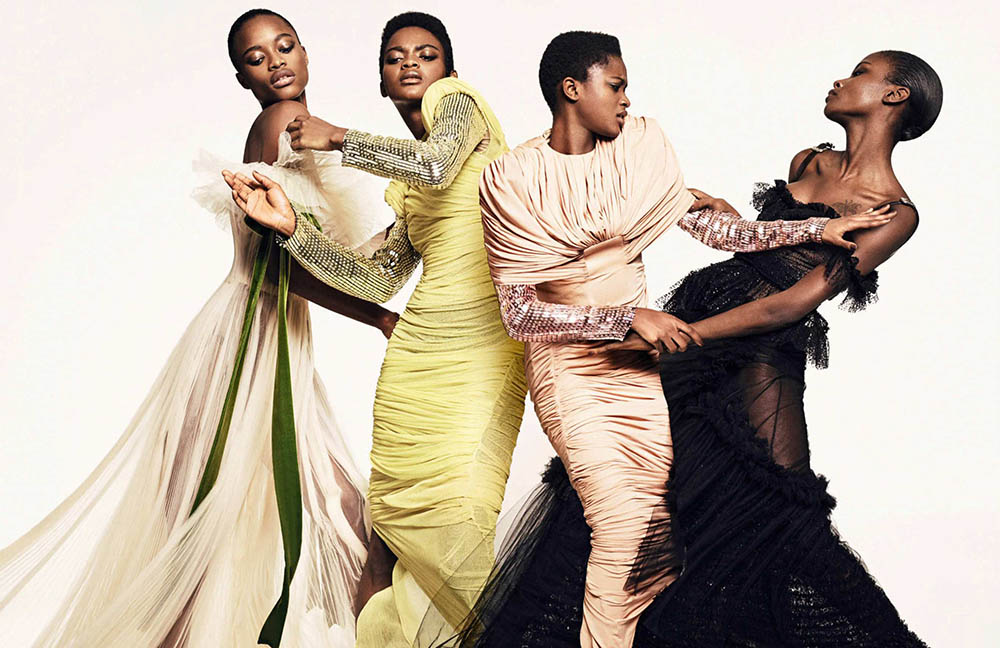Table of Contents
The concept of motif design has grown in prominence in the worlds of art and design. It entails combining recurrent patterns or motifs into numerous design elements to give depth, cohesiveness, and aesthetic interest. Motifs are important in generating aesthetically appealing and memorable things in fashion, interior design, and graphic design. In this essay, we will look at the concept of theme design, its importance, and how it may be used in various creative professions.
A Stunning Journey to Success Of The Pakistan’s Highest Paid Models
Understanding Motif Design
A motif is a recurring element, pattern, or subject seen in many different types of art and design. It might be a symbol, form, colour, or even a specific object that is used again in a design piece. Motifs are used to establish a sense of unity, enhance visual appeal, and express a certain message or meaning. Nature, culture, history, or any other source that resonates with the designer’s concept can be used to inspire motifs.
Motifs can be observed in fashion design as prints, embroideries, or even ornaments. Floral patterns, geometric shapes, animal prints, and abstract motifs are all possibilities. Fashion motifs are important in defining a brand’s identity, developing a memorable visual language, and setting trends. Designers meticulously select and design themes that complement their brand image and target demographic, incorporating them into their collections. Motif design plays a very vital role in designing field.
The Importance Of Motifs In Design
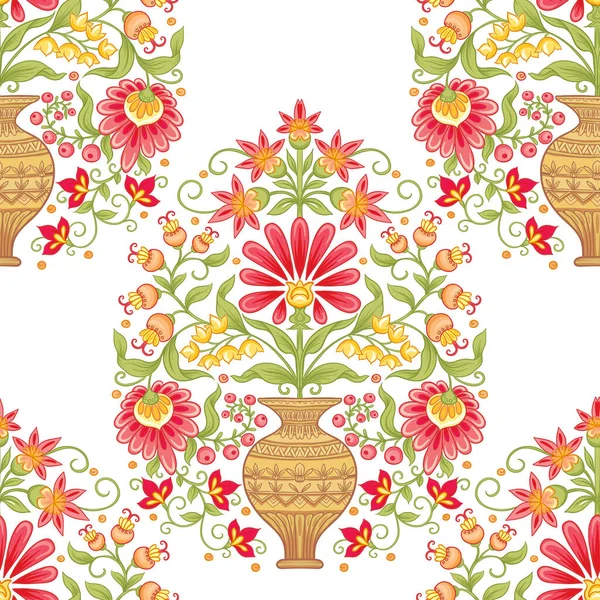
Motifs are essential in design since they contribute to the overall aesthetics and impact of a piece. They provide the design depth and complexity, making it more aesthetically appealing and engaging. A well-planned motif can elicit emotions, tell a story, or communicate a specific message. It serves as a unifying feature, connecting many design elements and resulting in a unified visual experience.
Motifs provide a practical role in design in addition to improving visual appeal. They can direct the viewer’s attention, offer balance and symmetry, or add rhythm and movement to a piece. Motifs can also be used as a branding technique, easily identifying and associating a design with a specific brand or product.
Secrets Of Fashion Culture of Pakistan
Applying Motifs In Fashion Design
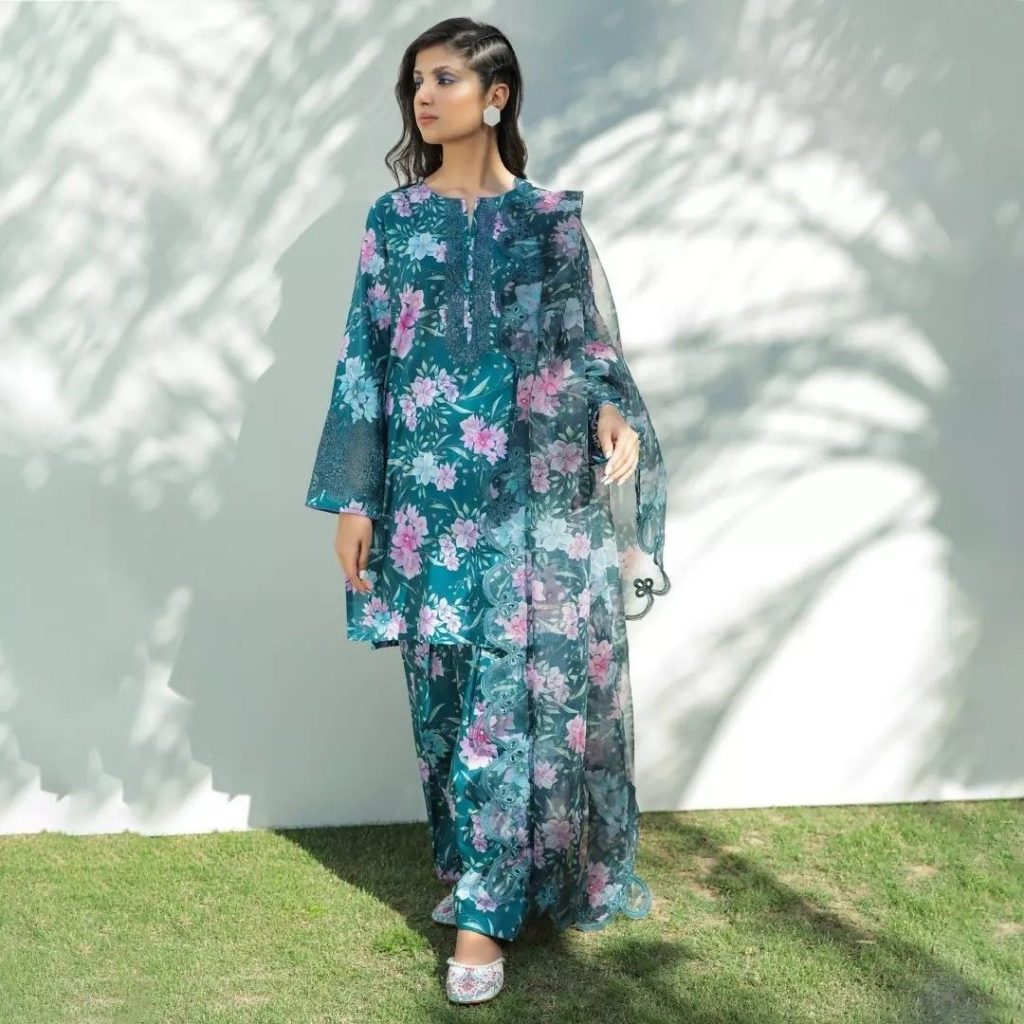
Motifs are commonly utilized in fashion design to give clothes charm and distinctiveness. They can be used in a variety of ways, including screen printing, digital printing, embroidery, and even hand painting. Fashion designers carefully select motifs that are consistent with their brand identity and the collection’s intended message while creating a collection.
A nature-inspired designer, for example, may use flower themes in their outfits, producing a romantic and feminine style. A designer striving for a dramatic and edgy aesthetic, on the other hand, may choose geometric motifs or abstract designs. The theme selection not only determines the collection’s aesthetic language, but also communicates the designer’s inspiration and vision.
Learn about the Ultimate Guide to Global Fashion Trends
The Ultimate Guide To 8 Soft And Lightweight Fabrics For Effortless Style
Incorporating Motifs In Interior Design
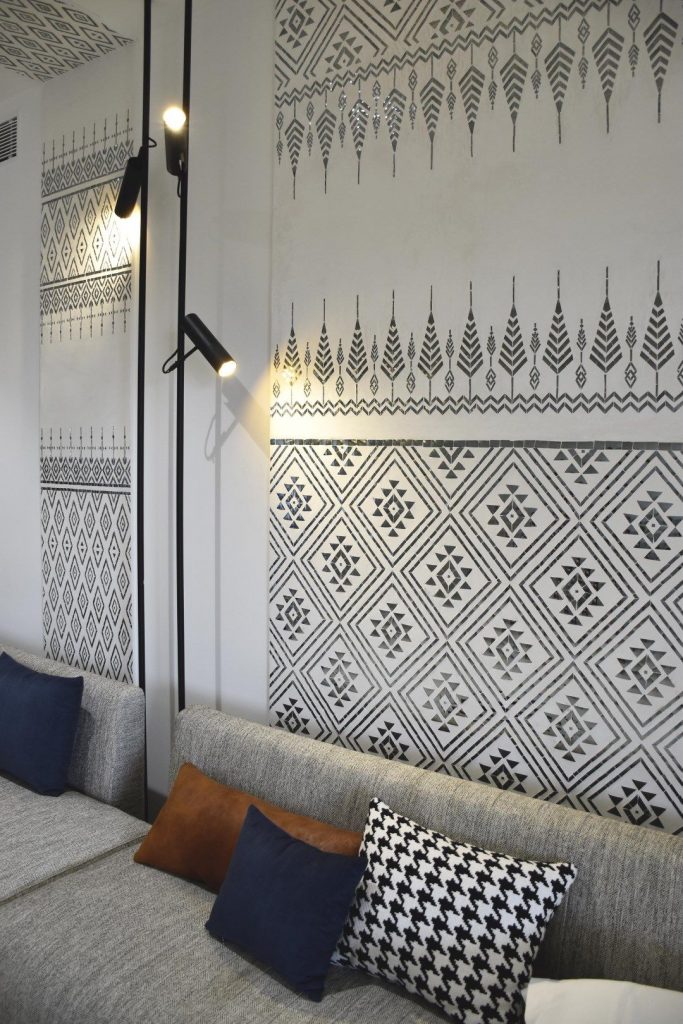
Motif design is not just used in fashion; it is also used in interior design. Motifs in interior design, like in fashion, help to create a coherent and visually appealing space. They can be used in a variety of ways, including wallpaper, fabrics, tiles, and even furniture. Motifs have the power to transform an ordinary room into a compelling and appealing setting.
When introducing motifs into interior design, it is critical to consider the space’s scale, colour palette, and overall theme. A well-chosen motif can become the centrepiece of a room, providing drama and personality. It is important, however, not to overdo it; too many motifs can produce visual clutter and overwhelm the area. When introducing motifs into home design, balance and harmony are essential.
Advantages & Disadvantages Of Fabric Printing
Utilizing Motifs In Graphic Design
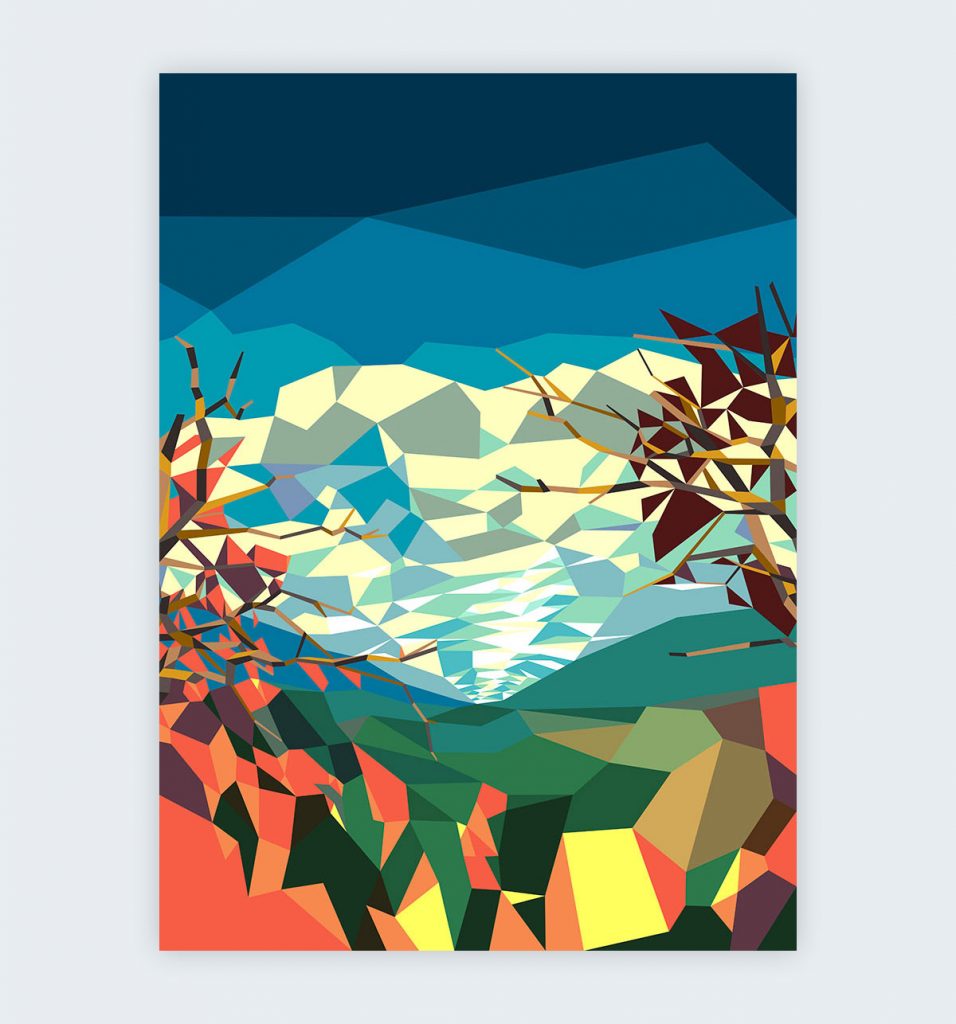
In graphic design, motifs are commonly used to produce aesthetically appealing and engaging visual communication pieces. They can be used in logos, graphics, posters, and even web design. Motifs in graphic design help to form a visual hierarchy, guide the viewer’s eye, and successfully deliver the intended message.
When creating a logo, a motif can serve as the focal point, symbolizing the brand and its values. A symbol, an abstract shape, or even a stylized artwork can be used. Motifs in the layout of posters can offer visual interest and help to create a cohesive visual experience. They can be implemented as decorative components or to symbolize the poster’s subject matter.
Difference Between Screen Printing and Digital Printing
Conclusion
Motif design is a strong and adaptable concept that gives depth, cohesiveness, and aesthetic intrigue to a wide range of creative professions. Motifs are important in generating aesthetically appealing and memorable things in fashion, interior design, and graphic design. They not only improve the aesthetics, but they also communicate messages, elicit emotions, and define brand identities. Understanding the relevance of motifs and how to successfully utilize them can improve the quality and impact of any design. So, the next time you go on a creative project, think about how motifs might help you create a visually appealing and meaningful piece.

